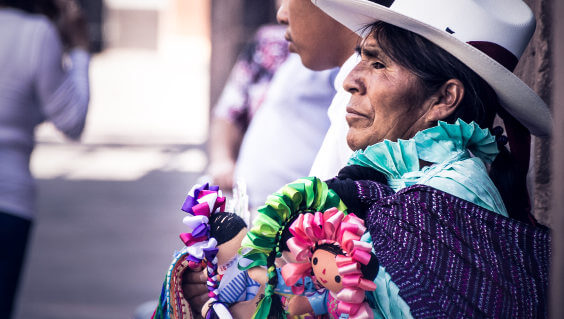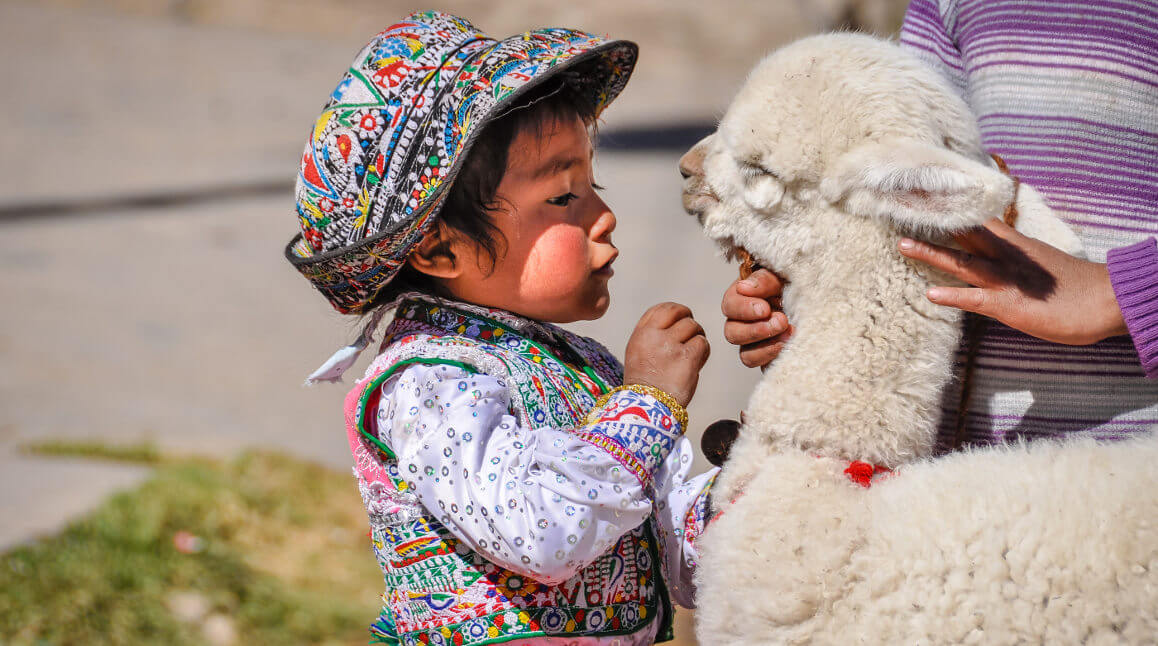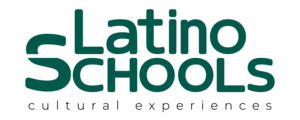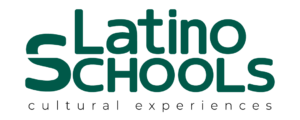Menu
Facts we all should know about indigenous peoples of Latin America
Every year, on 9 August, it is celebrated the International Day of World’s Indigenous Peoples. And the reason behind couldn’t be more powerful, the intention is to preserve and protect the rights of indigenous peoples around the world, acknowledge their achievements and contributions to society and show their rich culture and traditions.
This year was the International Year of Indigenous Languages. Languages are an intangible human patrimony, they reflect different world views, culture and traditions, and serve as the main vehicle for reenacting them over generations. They shall be preserved and be taken care of.
Of the 6700 existing languages in the world, 96% are spoken by only 3% of the world’s population. Though indigenous peoples represent less than 6% of the world’s population, they speak over 4000 different languages.
According to UNICEF, currently, there are 522 indigenous peoples in Latin America, who speak 420 different languages. Though there are regions with more indigenous languages (such as Africa with around 2,000 languages, South Asia with 1,500 or New Guinea with 1,000), Latin America is the region with more language families in the world.

Fascinating, isn’t it? It is heartbreaking that many indigenous languages are in danger of extinction. It is estimated that every 2 weeks one indigenous language disappears. One-fifth of indigenous peoples have abandoned their indigenous languages as the main vehicle for communication and 44 communities are already using solely Spanish and 55 solely Portuguese.
Along with these data that gives us plenty to think about, we have collected other facts about indigenous peoples of Latin America we all should know about:
1. It is estimated that 10% of the population in Latin America are indigenous peoples.
2. Indigenous peoples of Bolivia, Peru, Colombia, Mexico, and Guatemala, represent 87% of the total indigenous peoples in Latin America and the Caribbean.
3. The Quechua language is spoken in 7 countries: Ecuador, Peru, Bolivia, Argentina, Colombia, Chile, and Brazil. To know more about the languages of Ecuador, Peru, and Bolivia, check our post: “Languages of Bolivia, Ecuador and Peru”.
4. Quinine, a natural substance obtained from the bark of cinchona trees, was the first medicine used to treat malaria disease. It was discovered in Peru in the XVII century.
5. The Aymara people, living in Bolivia, Argentina, Peru, and Chile, have a unique and different concept of time than the rest of the world. For them, the past is what waits ahead and the future is what lies behind. Time is elastic and relative and what the eyes haven’t seen, can’t be taken for sure. That’s why the future is behind us, because we can’t see it, and the past is ahead because we have already seen it. Amazing.

6. The Mapuche peoples, indigenous inhabitants of Chile and Argentina, developed their own martial art called Kollellaullin. Warriors, known as ‘weichafes,’ were trained in this martial art since they were kids. Trough harsh exercises, warriors were trained mentally to endure pain and accept death. Dying while in combat was considered sacred.
7. In 2015, the first World Indigenous Games were celebrated in Brazil. In its first edition, more than 2,000 indigenous athletes from all over the world took part in the competition. The motif behind was, besides games competition, to prompt an opportunity for indigenous peoples to show their traditions and culture and share experiences and ideas.
8. Indigenous peoples take the lead on preserving the environment. Indigenous peoples are heirs of ancestral traditions and unique ways of relating to mother Earth. Millions of indigenous peoples depend on forests for their living or make a living in agriculture or hunting. It is obvious then than, being such an important part of their lives, the environment and nature flourish when indigenous peoples are around.
Learn Spanish in Latin America
Archives
- April 2020
- March 2020
- February 2020
- January 2020
- December 2019
- November 2019
- October 2019
- September 2019
- August 2019
- July 2019
- June 2019
- May 2019
- April 2019
- March 2019
- February 2019
- January 2019
- December 2018
- November 2018
- October 2018
- September 2018
- August 2018
- May 2018
- March 2018
- November 2017
- October 2017
- September 2017
- August 2017
- July 2017
- June 2017
- May 2017
- April 2017
- March 2017
- June 2004




